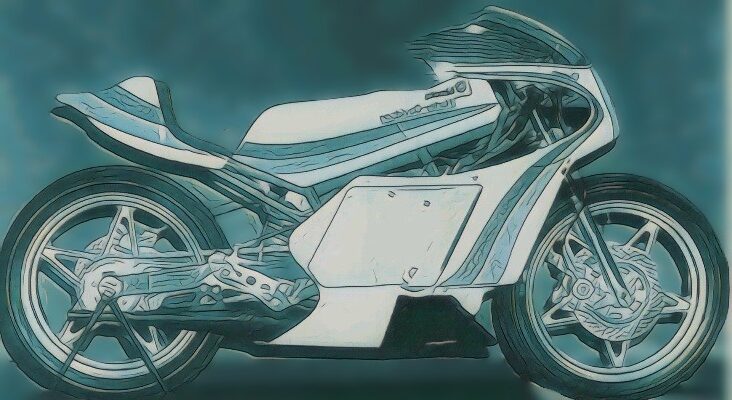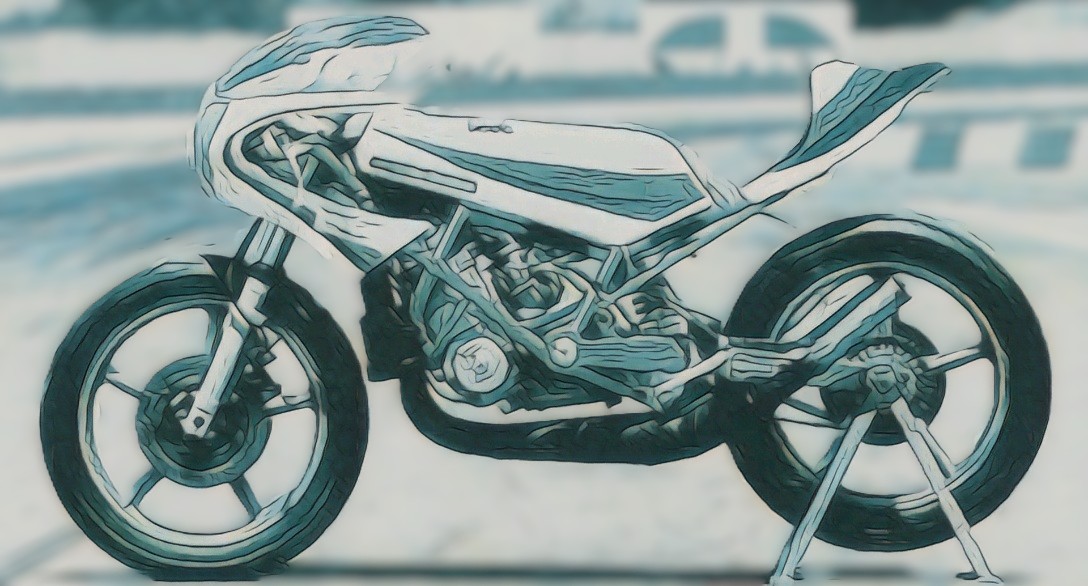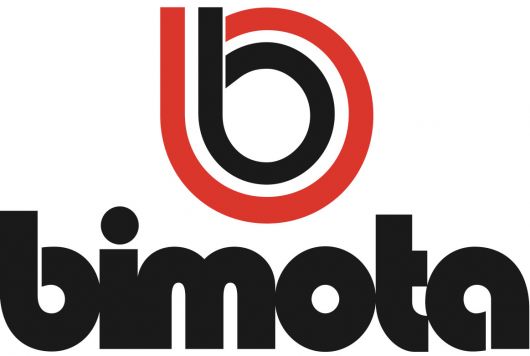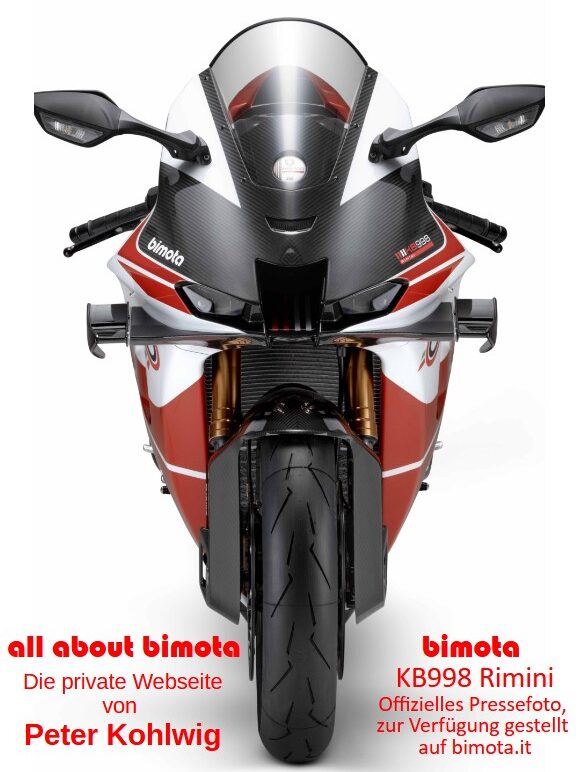
| Designer | Massimo Tamburini | Premiere | Milan 1975 |
| Production period | 1975 | Production number | 1 |
| Power | 66 KW (90 PS) | Displacement | 488 ccm |
| Topspeed | acc. to ratio | Weight | |
| Technical basis |
The HDB1 was presented at the 1975 Milan Motorcycle Show. It was displayed alongside Bimota’s first successful model, the YB1, and a Kawasaki Z900 equipped with Bimota components such as a box-section swingarm, fiberglass hump seat, fiberglass fuel tank, as well as aluminum clip-ons and footpegs.
A Harley-Davidson Bimota from 1975 might seem surprising – at least to those hearing about it for the first time today. The story behind it dates back to Harley-Davidson’s merger with the Italian manufacturer Aermacchi in 1960. Aermacchi originated as part of Aeronautica Macchi, an aircraft manufacturer based in Varese, and after World War II, it began producing scooters and motorcycles. Following the merger with Harley-Davidson, the company entered the world of racing. After achieving some partial successes, the racing machines built by Aermacchi competed under the Harley-Davidson name starting in 1973.
With Walter Villa as the rider, Harley-Davidson won the 250cc World Championship in 1974. Walter Villa repeated his title victory in 1975, while the second rider, Frenchman Michel Rougerie, even secured the runner-up position in the championship.
Building on these successes, Harley-Davidson planned to enter the prestigious 500cc class and commissioned Bimota to develop a chassis. For the approximately 90-horsepower engine, Massimo Tamburini designed an entirely new frame, incorporating design elements that would later appear in future models. Once again, a lightweight and rigid trellis frame, combined with a box-section swingarm, formed the foundation. However, instead of the previously common dual shock absorbers, the HDB1’s swingarm was supported by a single centrally mounted shock absorber attached to the frame for the first time. Additionally, it was mounted coaxially to the drive sprocket. This complex, patented solution by Bimota allowed for consistent chain tension, independent of suspension travel.

Another innovation was the offset between the steering head and the front fork. On the HDB1, the steering head was positioned at a steeper angle than the fork. This non-parallel arrangement reduced trail when the fork compressed, improving handling characteristics.

